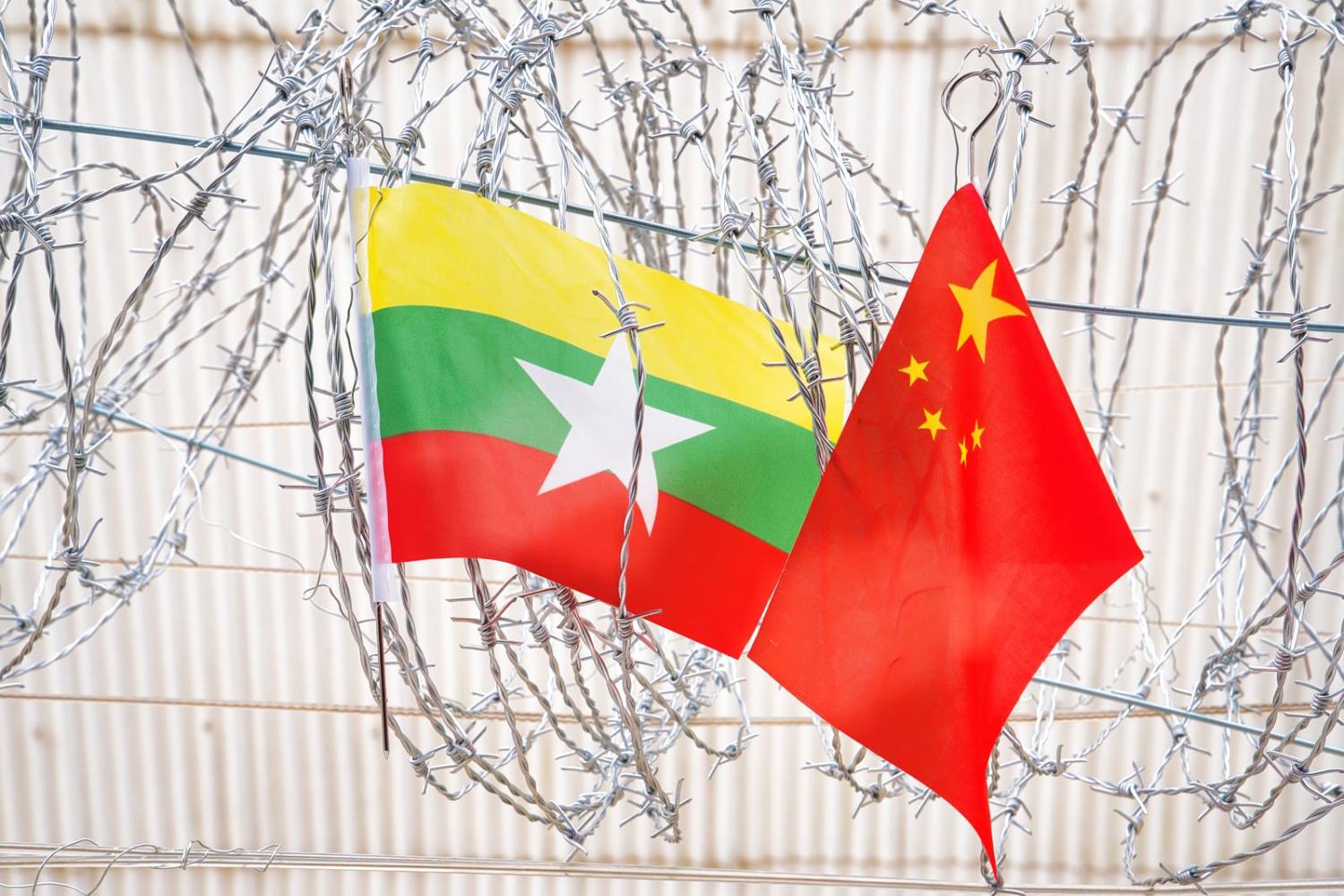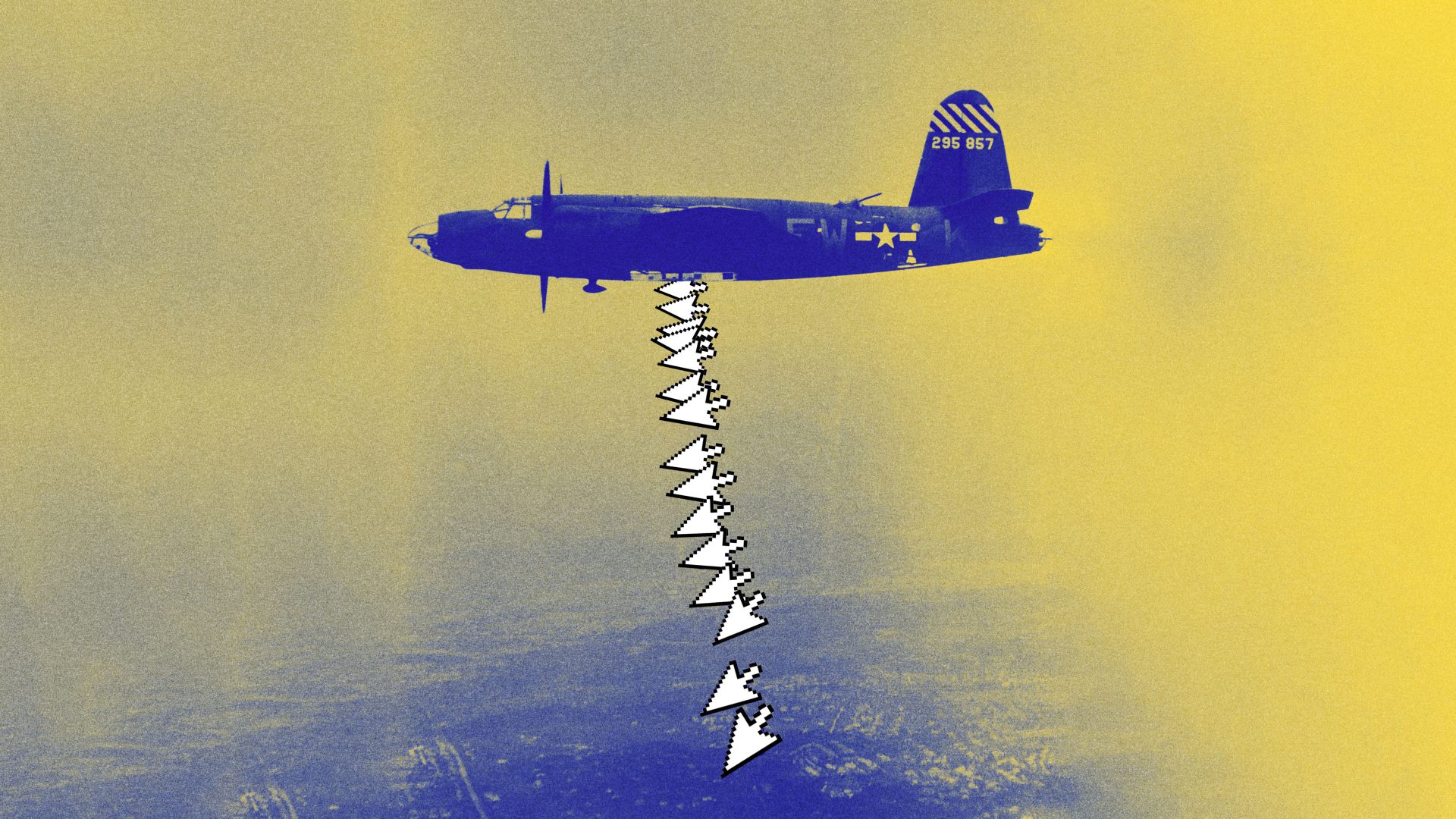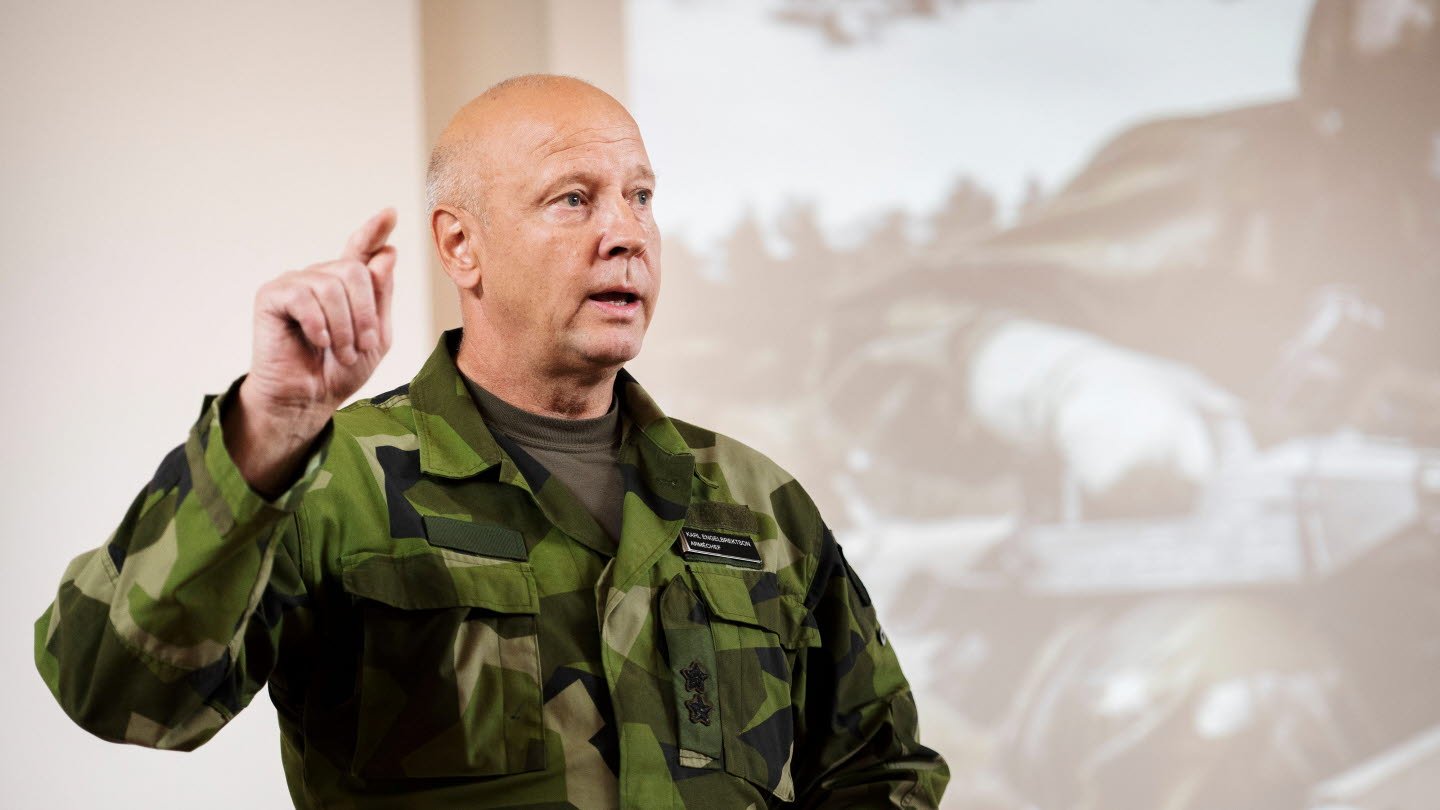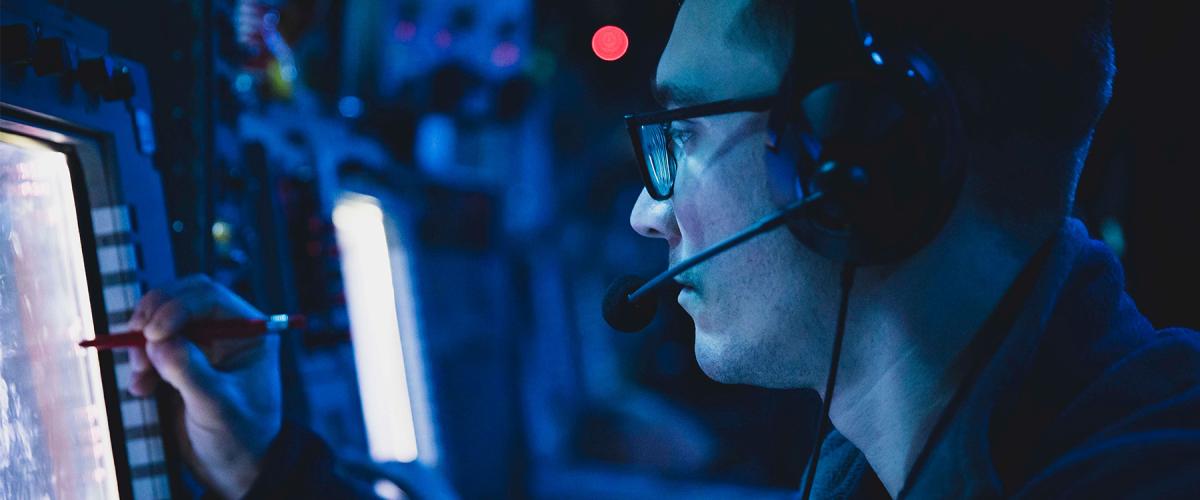Sandeepa Bhat B.
Key Words: Authorisation – IN-SPACe – Liability – Non-appropriation – Space resource
The Indian government made a new beginning in 2020 with respect to the commercialisation of the space sector in India. The gates were opened for private sector participation in all aspects of space activities by the Government of India (GoI). This is a departure from the earlier scenario of allowing private sector participation only in the manufacturing segment related to space but not in the space services sector. Such a move was found essential for boosting the Indian economy, which was hit hard by the COVID-19 pandemic. Indian National Space Promotion and Authorization Centre (IN-SPACe) was also hurriedly established by GoI in June 2022 for licensing private space activities. This is further followed by the Indian Space Policy 2023 (2023 Policy), which clearly unveils the intention of GoI to extensively commercialise and privatise space activities in India. While the 2023 Policy has been hailed as futuristic and a welcome step during the last couple of days after it has been unveiled, its implementation in the absence of a national space law in India is on shaky grounds. In addition, some provisions of the 2023 Policy also raise suspicion regarding their compatibility with international treaty obligations of India.
Essence of the 2023 Policy
The key aspect of the 2023 Policy is reflected in its vision statement, which advocates for a flourishing commercial presence in space. In order to achieve this, the 2023 Policy attempts to encourage greater private sector participation in space activities by promising a stable and predictable regulatory framework. IN-SPACe is showcased as a single window for all aspects of authorisation for space activities. The 2023 Policy attempts to provide clearly defined roles for different agencies relating to space activities in India. The Department of Space is entrusted with the overall responsibilities to implement the 2023 Policy, interpret and clarify ambiguities in the 2023 Policy, distribute the responsibilities under the 2023 Policy, coordinate international cooperation, create a suitable space dispute settlement mechanism etc.
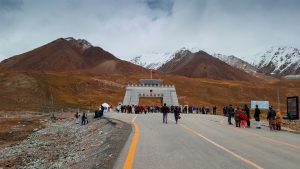

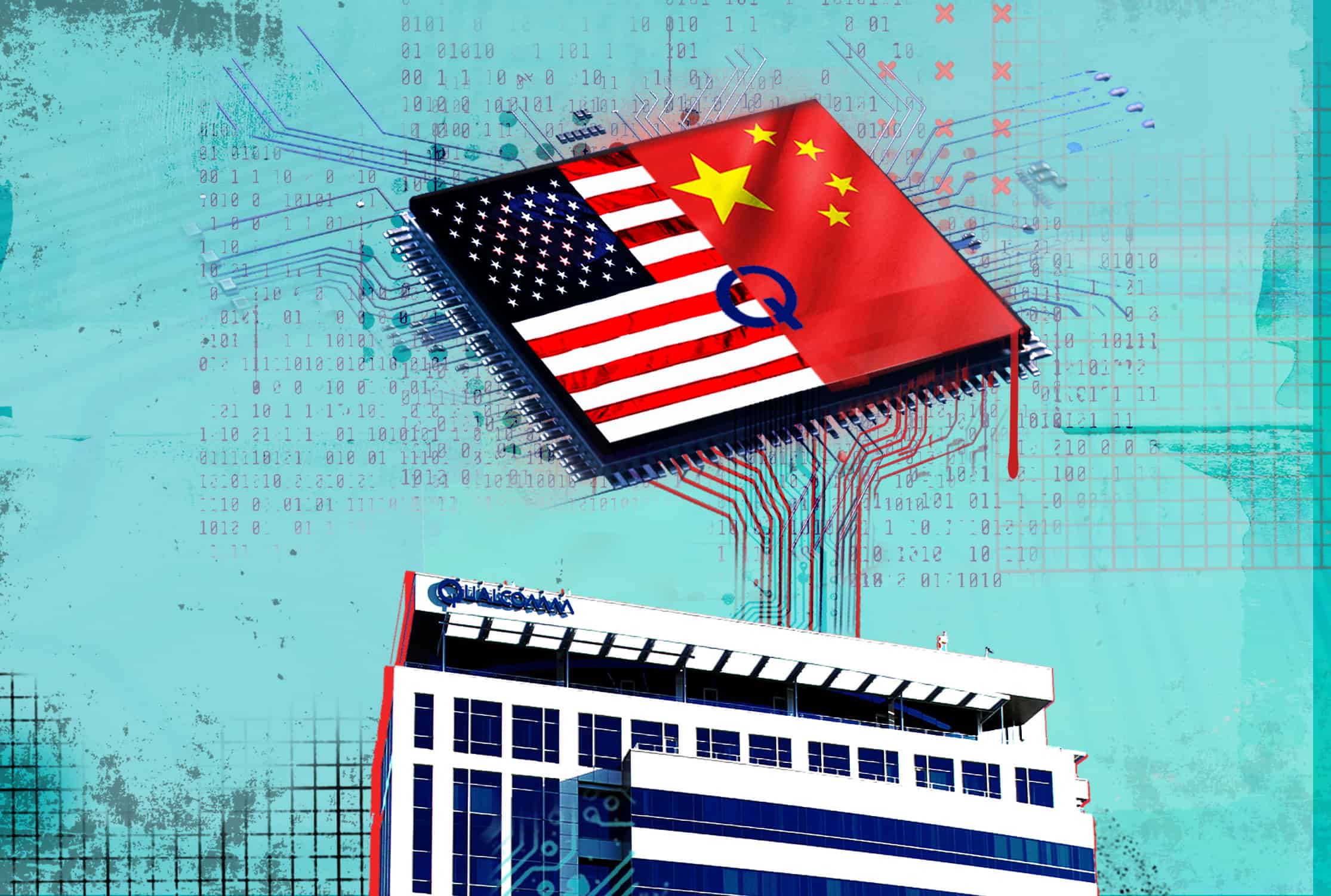
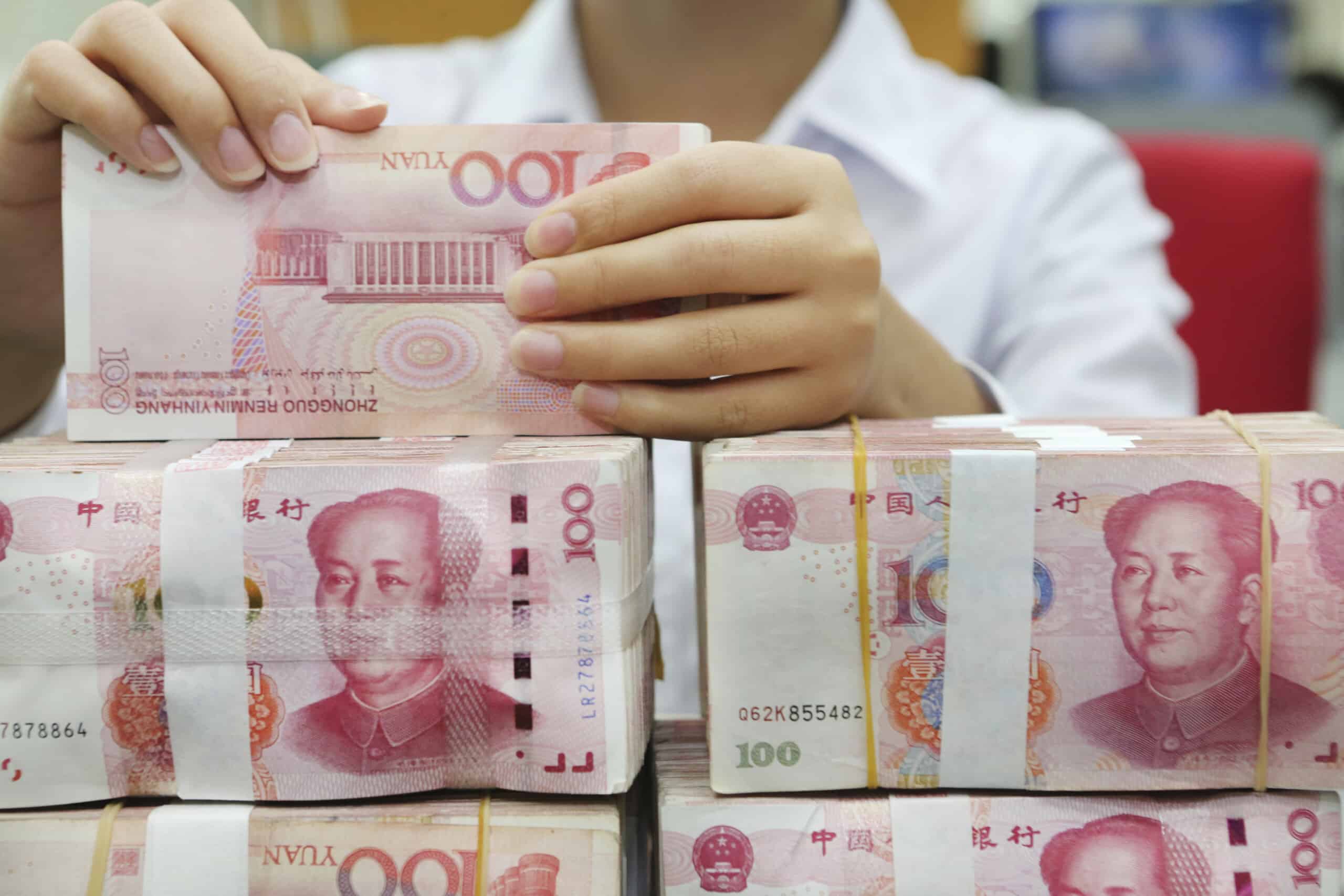
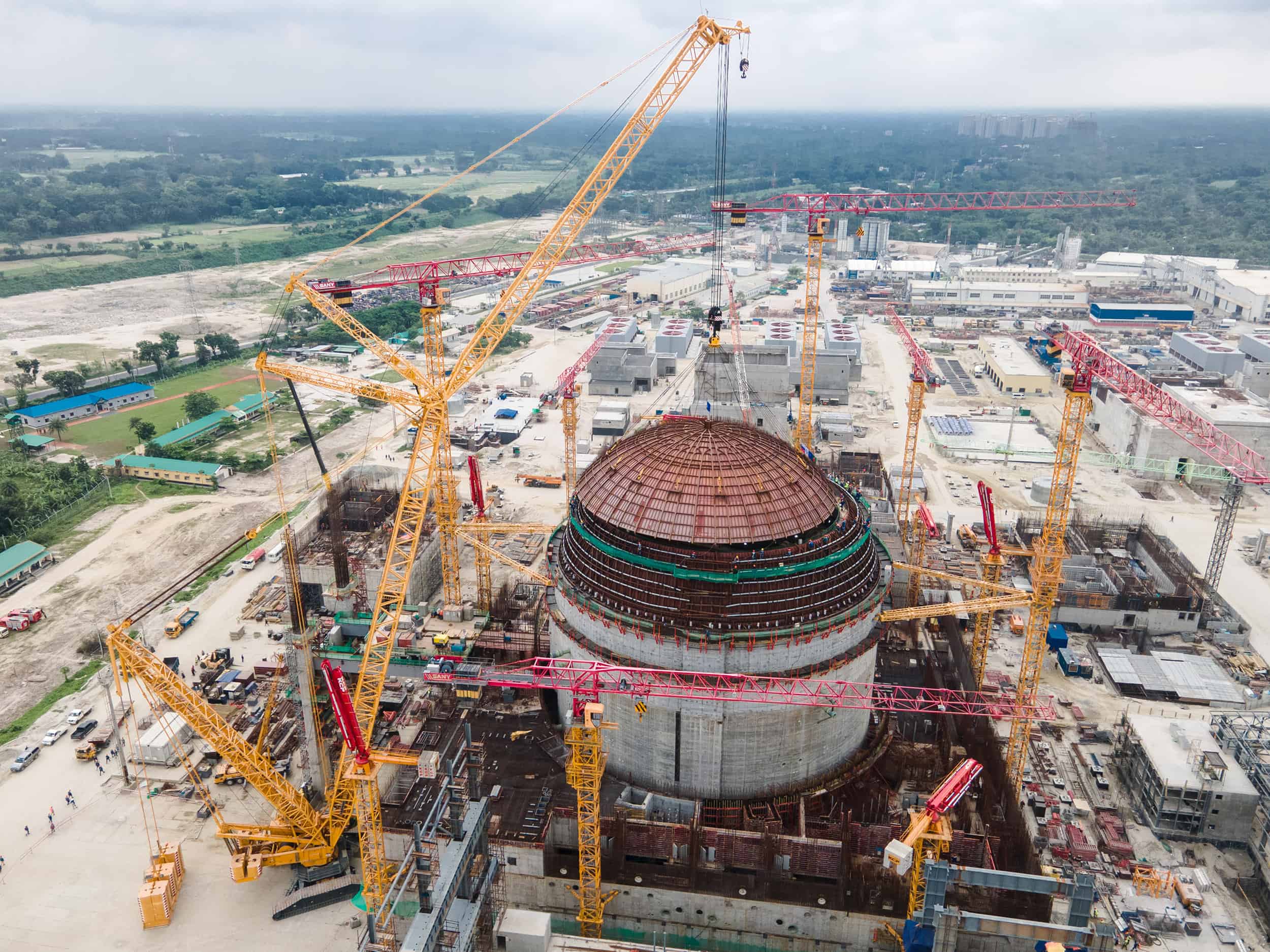 The Rooppur nuclear power plant currently under construction in Rooppur, Bangladesh, June 29, 2022. Credit:
The Rooppur nuclear power plant currently under construction in Rooppur, Bangladesh, June 29, 2022. Credit: 


